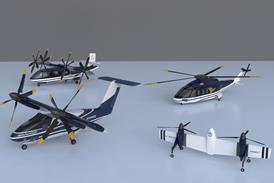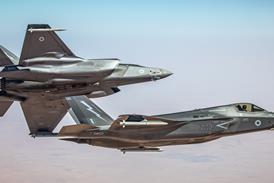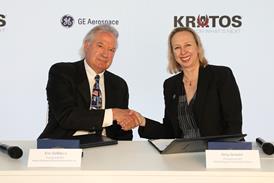Teledyne Continental is preparing to install the revolutionary JET A-fuelled diesel engine developed under NASA's General Aviation Propulsion (GAP) programme in a Cessna 337 prior to flight tests early next year.
The engine will be mounted in the nose position of the Cessna twin for the tests and, if successful, Teledyne plans to show the aircraft at venues around the US next year, beginning with the Oshkosh experimental aircraft association show. The single development engine has clocked up 300h in the company's test cell in Mobile, Alabama, and, says the manufacturer, is " achieving all the original targets for weight and cost" .
These include 25% lower fuel consumption than a contemporary 150kW (200hp) engine, 50% lower cost and 75% increased time between overhauls. The all-new, water-cooled engine is built around a monoblock design in which the crankcase, cylinder barrels and cylinder heads are formed from single castings. Two monoblocks are bolted together at the crankshaft centre-line to form the finished engine. There are no individual cylinder heads and the pistons run in cast iron cylinder liners pressed into the aluminium casing.
the four-cylinder, two-stroke design incorporates a firing pulse every 90° of engine rotation, which Teledyne says creates the " feel" of an eight cylinder, four-stroke engine. The rear case contains the oil coolant pumps and starter as well as oil and coolant reservoirs.
The company says it may add two cylinders to later versions of the design to generate up to 220kW.
The initial engine will run at 2,300 rpm so it "will be good for noise abatement, and using JET A fuel will address issues about leaded fuel", says Teledyne.
Source: Flight International























